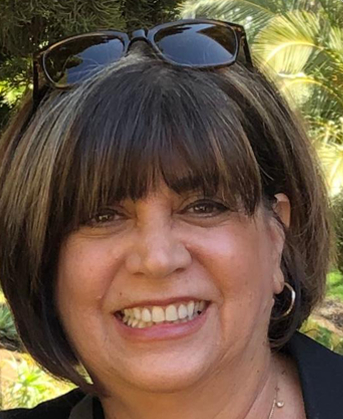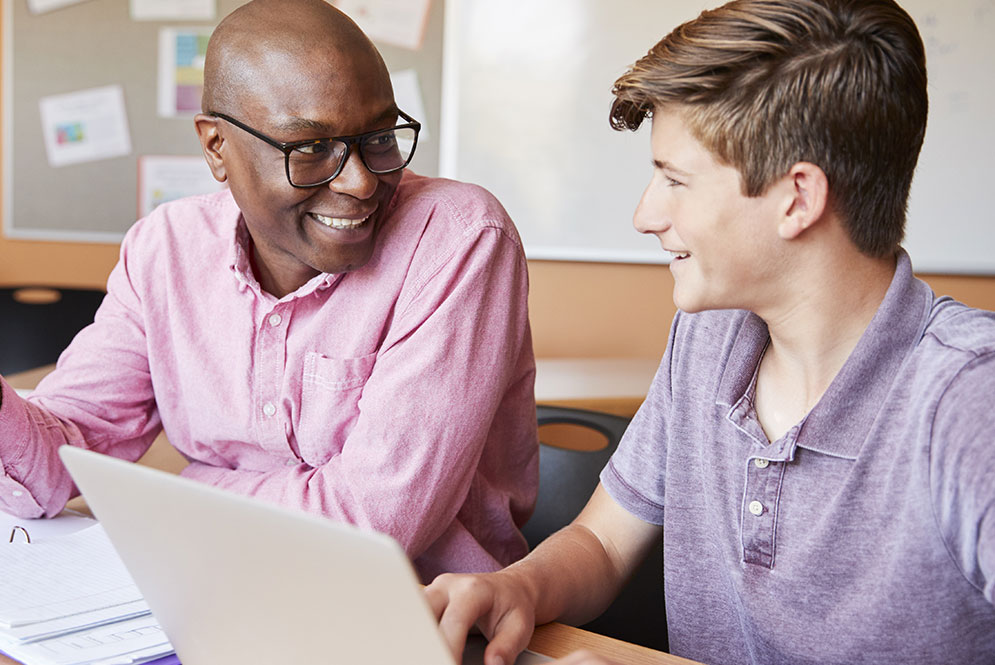I’ll admit, in a moment of desperation, I typed into the search bar, “why do students cheat?” After extensive discussions about academic integrity, I couldn’t comprehend why my students would do such a thing. The internet would have an answer, I was sure of it (it seems my students also shared in this sentiment).
While it didn’t give me the solace I was looking for, it did take me on a tour of the history of academic dishonesty.
My first search result from 2018 offers us a solution: “Why Students Cheat – and What to Do About It.”
As I scrolled further, I noticed that in 1981, a teacher bemoaned, “Research papers advertised for sale. Cadets dismissed in cheating scandals. Students hiding formulas in calculator cases” in an article called “Why Do Some Students Cheat?”
And all the way back to 1941, an article titled “Why Students Cheat” appeared in the Journal of Higher Education.
This timeline tells us a few things:
- Students have been cheating for at least 80 years, but probably longer.
- And teachers have been bothered by it since then.
- While we are quick to blame technology these days, it’s probably not the answer to the question.
So, what are the time-tested reasons why students cheat?
Pressure
Many students are under pressure from parents or guardians to earn certain grades. Maybe the expectation is acceptance to a certain university, following a certain career path, or just a general expectation of “success.” As much as teenagers like to pretend they don’t care what their parents think, this can be a heavy burden to bear.
Whether or not familial pressure exists, some students also place expectations on themselves to perform at a high level. While we hope all our students are intrinsically motivated, perfectionism and fixation on an idealized outcome can be unhealthy, especially because students may feel they need to achieve their desired GPA by any means necessary.
While this may not be our first thought, students do feel pressure from peers as well. When a Harvard Graduate School of Education student asked why cheating happens, a student wrote, “‘Peer pressure makes students cheat. Sometimes they have a reason to cheat like feeling [like] they need to be the smartest kid in class.’”
While educators cannot remove familial pressure, we can focus on intrinsic motivation by increasing student agency and creating a collaborative environment. That way, we’re relieving pressure instead of adding to it.
Priorities
Time management (or really the lack thereof) is likely the most common reason why students cheat when they didn’t intend to in the first place. For high school students, a due date a month away feels as distant as their 25th birthday. In the weeks before the assignment is due, they will have made time for everything but the work needed, so when they sit down to work on it the night before it’s due, they realize they just don’t have enough time to do it themselves.
Sometimes, a student just doesn’t feel like a required class fits into their life goals. A prodigal swimmer doesn’t see how an essay on The Great Gatsby is going to increase her odds of earning an athletic scholarship.
And often because of semester schedules and grading periods, students are faced with multiple exams, projects, and essays all due around the same time. This happened 40 years ago too: “‘It is Friday and many of the kids have three or four tests. It is certain that, since there has been too much to study for, there will be a lot of cheating going on today.’” We already know they struggle with time management, so they seek out lifelines when it all becomes too much.
Try collaborating with colleagues to spread out critical due dates for large projects within each grade level, and maybe add some direct instruction around time management skills with a character education curriculum.
Knowledge & Skills
A student may feel that they don’t have the necessary skills to complete an assignment to the standards they set for themselves. They use someone else’s words instead of their own because they said it better than they could with what they view as the “lumpy, inelegant sound of their writing.”
In the case of plagiarism, it is also possible that students simply don’t quite understand the way to properly give credit for the use of someone’s intellectual property. While this was probably still the case when students were pulling information from actual, physical library books, it is especially true in this age of “reposting images, repurposing memes, and watching parody videos” where students “‘see ownership as nebulous.’”
Which brings us to technology. Though technology “has made cheating in school easier, more convenient, and harder to catch than ever before,” it is not necessarily a reason why students cheat. Clearly, students cheated 80 years ago without the help of the internet.
Knowing the reasons why students cheat helps us to empathize and avoid taking it personally. And as much as it contributes to the issue, technology also offers us a plethora of options for detection. You don’t need to re-read a student’s essay multiple times because something “sounds off” — Imagine Edgenuity’s embedded Plagiarism Checker automatically scans student work and alerts you when a match is found. Worried about students using software to move through courses more quickly (or maybe you didn’t know they could do that)? Speed Radar automatically flags students completing tasks more quickly than expected for educator review. Thanks to these resources, I have been able to stop Googling and relax a bit, knowing that I have the tools to help turn academic dishonesty into a learning opportunity.
Looking for more tips?
Find sample academic integrity policies, downloadable resources, and more on Imagine Learning’s academic integrity page.
About the Author
Ally Jones is a California credentialed educator who specialized in teaching English language learners at the secondary level. Outside of education, she is passionate about fitness, literature, and taking care of the planet for her son’s generation.







